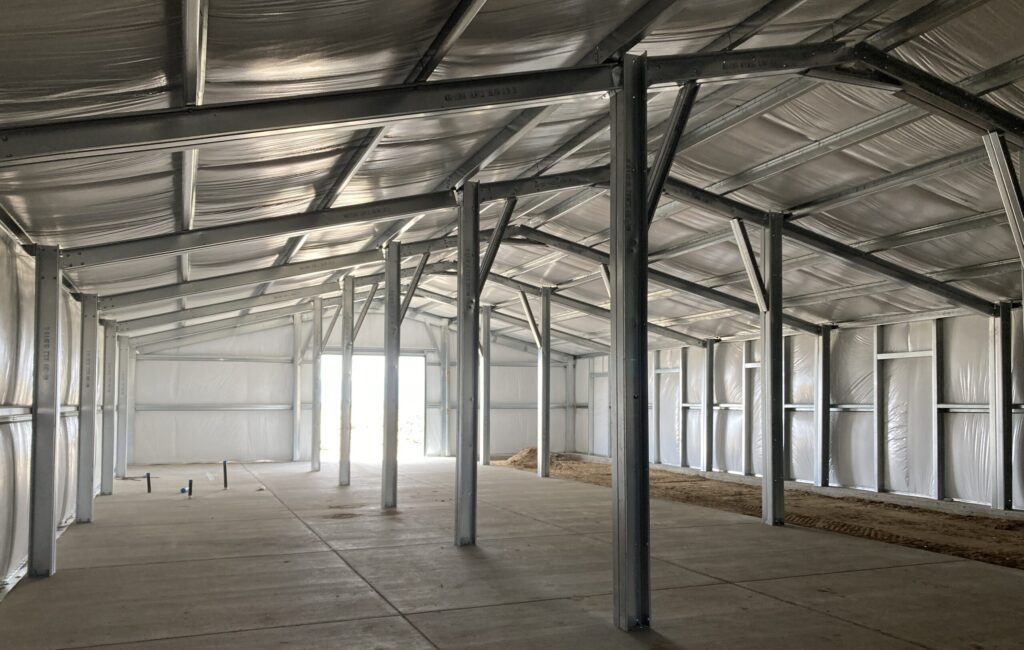Who Can Benefit from Joining the CFSBA?

- Manufacturers who produce sheeting, trim, and roll-formed framing members (cees and zees). COLD FORMED keeps your expensive purlin machines rolling, maximizing production and increasing revenue.
- Manufacturers of ancillary products used in the construction of steel buildings including (but not limited to) doors, windows, insulation, and fasteners.
- Dealers who sell buildings. COLD FORMED is easy to learn and fills a niche between post frame and traditional red iron steel buildings.
- Erectors interested in COLD FORMED building construction. The learning curve for COLD FORMED is short for post frame and professional red iron erectors.
- Engineers looking to expand their portfolio.
- Architects looking for a new, exciting option in steel buildings.
- Developers who prefer steel for their commercial, industrial or residential buildings.
- Membership opportunities will be open in 2026.
COLD FORMED Steel Building Facts

- The first COLD FORMED Steel Buildings sold in the United States went on the market during the Civil War.
- The current design used in the US came from Australia two decades ago.
- COLD FORMED Steel Buildings are ideal for applications larger than post-frame and smaller than larger red iron buildings.
- COLD FORMED Buildings can fill a wide variety of commercial, industrial and residential applications.
- In 2023 COLD FORMED Buildings grew 62% vs. US steel building industry growth of 6.2%.
